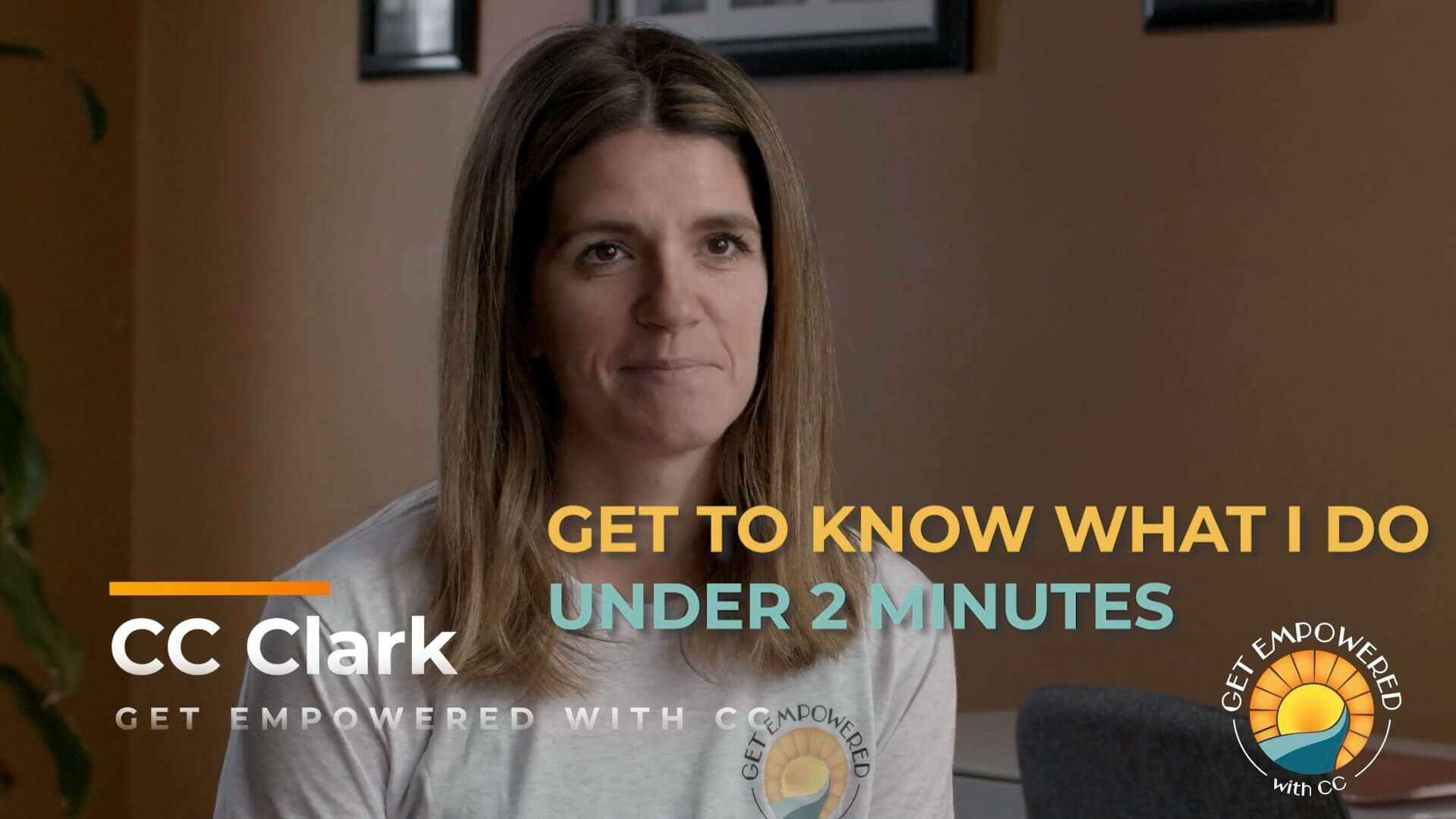( Video SEO) Why ranking your videos on Google is important for your MN business
As a business owner, video marketing is a powerful tool
According to a study by Wyzowl, the number of businesses using video marketing has increased from 61% to 86% since 2016.
The importance of video content for marketing is undeniable. From product explanations to virtual tours and demos, businesses have increasingly turned to video marketing to reach their audience and drive engagement.
However, creating high-quality videos is only half the battle. The other half lies in ensuring that your videos are visible to your target audience. That’s where video SEO comes in. Today, we’re going to dive into the world of video SEO and some tips and tricks to help you rank your videos on Google.
There are millions of videos on the internet and when it comes to getting your video to stand out, the competition can be tough. The goal is to get your video to “rank” or show up first on search engines like Google. Google also owns the video search engine Youtube, therefore using videos as a tool is imperative to rank higher on Google. This is due to the SEO and algorithms both platforms use.
When your video ranks, it means it's one of the top videos that pops up after a user searches for a certain topic. Let’s say someone searches for “wood cutting”. If your video ranks in the top 3 (meaning it’s one of the top 3 videos in the search results) you’ll have more people clicking on your video.
So how can you rank your videos? Try these strategies out.
1. Optimize your video content
Before you start thinking about ranking, you need to ensure that your videos are optimized for SEO. This includes providing a meta description and a relevant title, adding relevant tags and keywords, and using high-quality thumbnails that reflect what your video is about. When creating your video content, also ensure that it’s engaging, creative, and tailored to your audience’s interests and preferences.
2. Use Keywords
A keyword is a word or phrase that relates to your content. Let’s continue with the woodcutting example. Some keywords could be “wood cutting”, “carpentry”, or even “hand saw”. Brainstorm a list of keywords around the topic of your video. How do you find the best keywords to use for your video?
1. Type one of your keywords into YouTube’s search to see a list of other keywords that pop up as you are typing. Write these down because these are the keywords people are searching for. 2. Use tools like Google Trends and Google Keyword Planner to find low-competition keywords that get at least 1,000 searches per month. Once you’ve located your keywords use them in your video’s title, description, and video tags.
PRO TIP: Make sure your thumbnail is eye-catching and includes your keyword.
3.Post-Quality Content Often
Search engines recognize quality content that is posted consistently. Pick a day and time during the week to post your videos, and don’t stray from that schedule. Consistent posting will help you create trust with your audience and tell Google’s algorithm that there is content coming up on this day and time. Remember to use your keywords, to help boost the SEO (search engine optimization). Also, be strategic when picking a day and time to post.
4. Get to the Point
Skip the long intros and get to the point. Once someone clicks on your video, you want to keep them there. After a brief intro (mention your company or keyword in your intro) get to the meat of the video. Research shows that we have very short attention spans and you have about 8 seconds to hook the viewer.
5. Pay attention to video length
While long-form videos can provide great value to your audience, it’s important for companies to note that shorter videos tend to perform better on search engines. This is because they are easier to consume and can be watched on the go. Aim for videos between 1-3 minutes maximum, and make sure your message is clear, concise, and memorable. Post-production has a big part in it, so learn how to edit great videos.
6. Host your videos on YouTube
YouTube is the second-largest search engine in the world. Hosting your videos on this platform increases the chances of your videos being discovered, watched, and shared. Additionally, YouTube offers built-in video SEO features, and services such as transcripts and annotations, which can help improve your videos’ visibility.
7. Promote your videos on social media
Once your video is live, don’t just sit and wait for people to find it. Promote your video on social media platforms such as Facebook and Instagram. For example, you can share it in community groups on Facebook. Keep in mind that we always recommend native posting to each platform for better engagement. This can help drive more views, engagement, and shares, which can in turn help increase your videos’ visibility and ranking on search engines.
8. Leverage video schema markup
Structured data markup can help search engines understand your video content better and showcase it in search results. Video schema markup is a code that allows you to provide search engines with key information about your video, such as its title, description, duration, and thumbnail. This can help your video rank higher on search engine results pages (SERPs) and increase its visibility to your target audience.
Conclusion:
Video production is a strategic investment that is likely to pay off in the long run. However, it’s important to ensure that your video production efforts are not going to waste by optimizing them for video SEO.
If you are looking for a Minneapolis production company we want you to feel prepared and informed. Check out the next blog to learn about the pros and cons of hiring a video production company or an in-house videographer.




